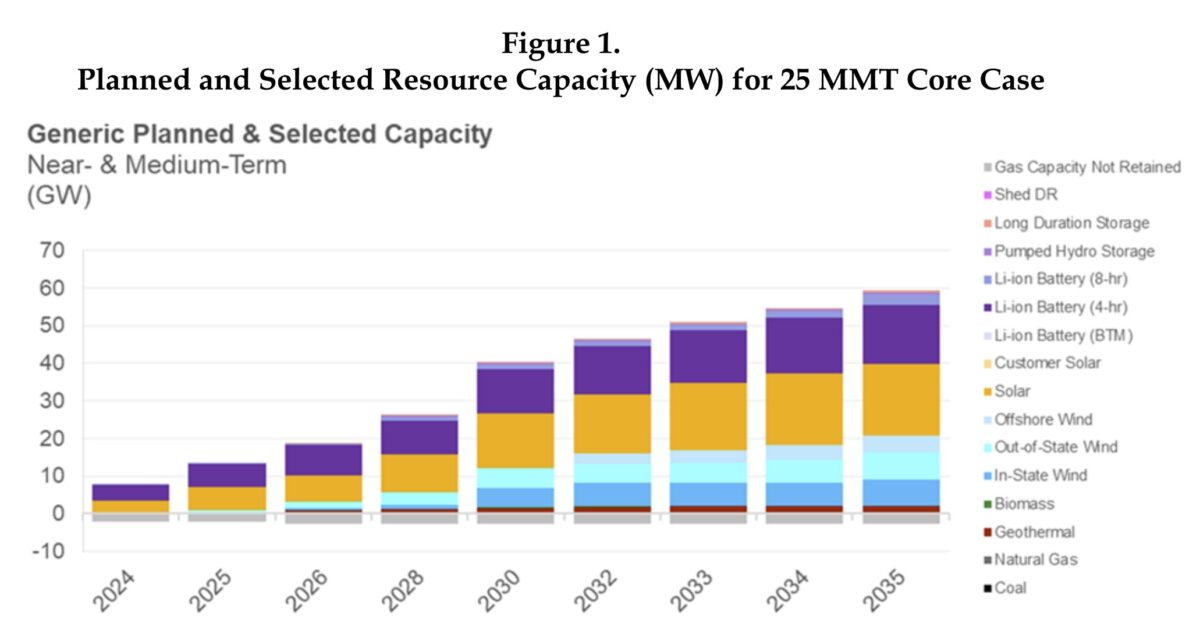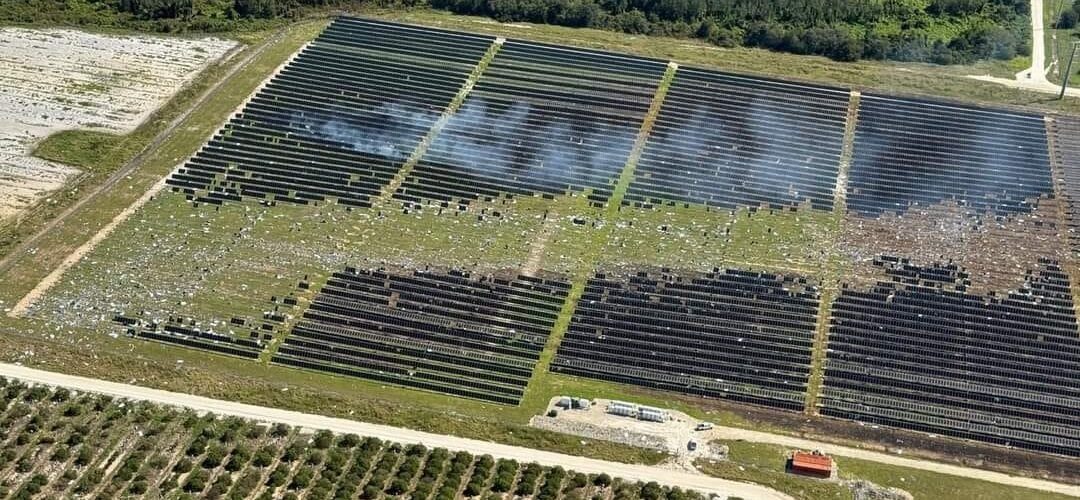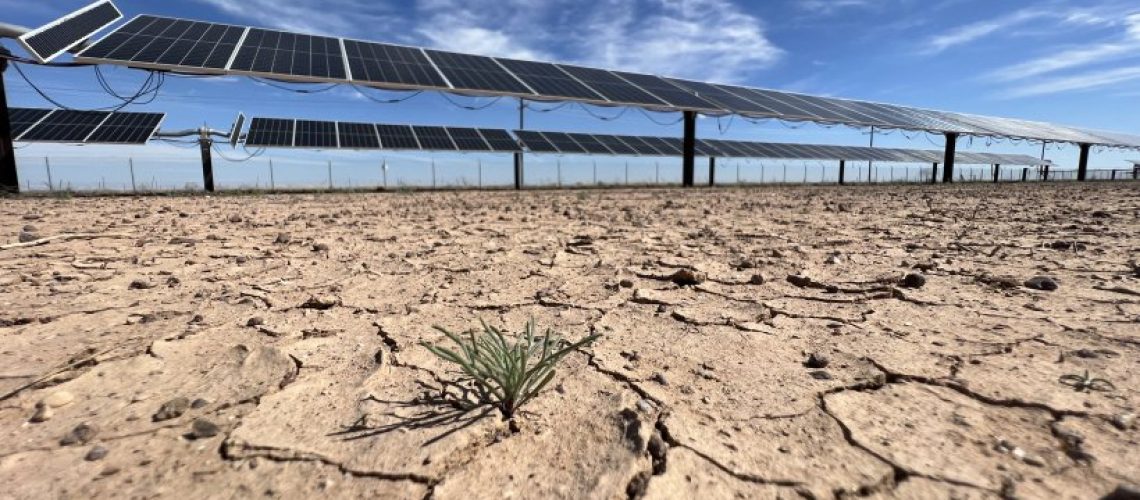The Golden State recently signed AB 2661, granting the Westland Water District authority to develop transmission lines that will enable solar energy and storage projects on 130,000 acres of drainage-impaired farmland.
A coalition of farmers and legislators is advancing the Valley Clean Infrastructure Plan (VCIP), aiming to build transmission power lines capable of delivering 20 GWac of solar power and energy storage to California. The California legislature enabled this local control through the passage of AB 2661.
The plan calls for private investors to finance the development of both the power lines and energy resources, while local residents oversee the process to ensure the benefits are distributed within the region.
According to local reporting by Jesse Vad at SJV Water, an environmental impact report is currently in development and is expected to go to a vote after its release, projected for the first half of 2025.
Jose Gutierrez, assistant general manager of the Westlands Water District (WWD), explained that the primary driver behind the plan is the region’s unreliable water supply. Farmers, he said, would prefer to continue their traditional role of feeding the population, but the reality is that up to 900,000 acres may need to be fallowed due to water shortages.
“This just gives [the farmers] an opportunity to find another purpose for their land and generate some revenue so that they can make the farming business more successful,” Gutierrez explained.
By 2040, the region is forecast to lose over 20% of its annual water supply, with climate change potentially exacerbating this shortfall.
AB 2661, signed into law by the governor in late September, authorizes the WWD to “construct, operate, and maintain any and all works” associated with developing 20 GW of solar photovoltaics, energy storage, and transmission, delivering electricity to entities that sell power to California consumers. The WWD may also allocate some of the electricity for local use within the valley, though local consumption will likely be low compared to the output of the 20 GW facility.
According to the California Environmental Quality Act page for the Valley Clean Infrastructure Plan, individual solar plants will “range in size from 100 to 1,150 MW, with a typical facility having a generating capacity of 250 MW on about 1,600 acres.” Energy storage facilities are also being considered as standalone projects, with storage capacities ranging from “100 MW to 1,150 MW with a typical facility having a capacity of 250 MW.” Each solar and energy storage facility would be connected to the grid by 230-kV or 500-kV generation-interconnection tie-lines, linking to one of the five 500/230-kV substations within the VCIP, notes in the above image.
The project is expected to create 3,000 “full-time equivalent” jobs over the ten-year period of infrastructure deployment, along with 500 permanent positions.

In early 2024, the California Public Utility Commission set a target to reduce emissions to 25 million metric tons of carbon dioxide equivalent emissions by 2035. The commission’s 25 MMT Core Case forecasts the need for 3 GWac of utility-scale solar to be deployed in 2024, growing to nearly 10 GW by 2028, 17.9 GW by 2033, and ultimately reaching 57.5 GW by 2045. California recently surpassed 10 GW of installed utility-scale energy storage, with almost 14 GW deployed across all markets.
Popular content




